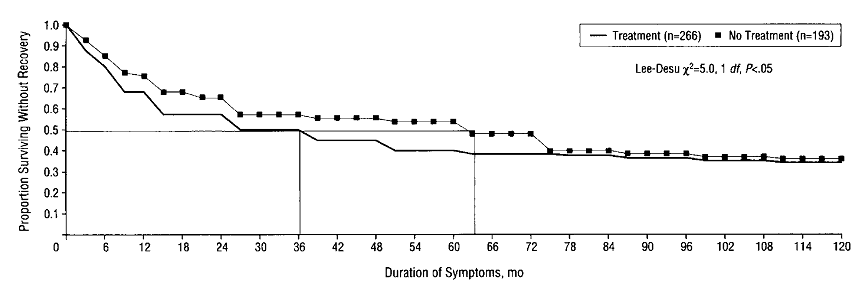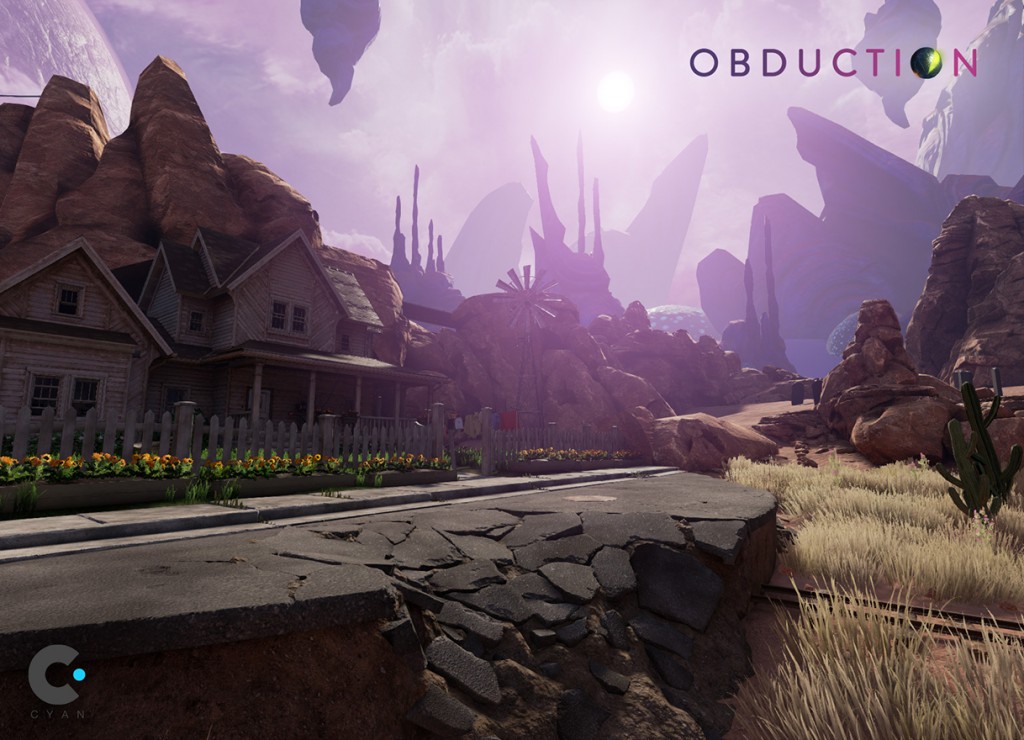Last month, a lot of discussion was prompted by a statement by the dean of University of Chicago opposing censorship, trigger warnings, and safe spaces. I’ve already briefly argued that the inclusion of trigger warnings is completely off-base. The inclusion of safe spaces is harder to judge. “Safe space” means a lot of things to different people, and I just have no idea what the dean thought he was criticizing.
Safe spaces under different names
In my personal experience, “safe space” is most frequently used as a description of queer student group meetings or conferences. Basically, we intentionally build an environment where people feel more comfortable sharing their experiences. This means starting meetings with an explicit agreement of confidentiality, as well as other agreements designed to head off conflict. Often these agreements have cutesy names, like “Step up, step back”, “One mic, one diva”, “Use ‘I’ statements”, “Don’t yuck my yum”, and “Ouch, oops, educate”, although I think the names might be regional.
I have mixed feelings about the explicit agreements, because they take up time and seem unnecessary. In my experience, atheist student groups also set up safe spaces, but they never call it by that name, nor are there any explicit agreements. Atheist groups also intentionally build an environment where people feel more comfortable being openly critical of religion. Many atheist students act very confident, as if they don’t need a safe space to speak their minds, but when you get to know them better you realize that some of the same students keep it very quiet around their families.
[Read more…]


